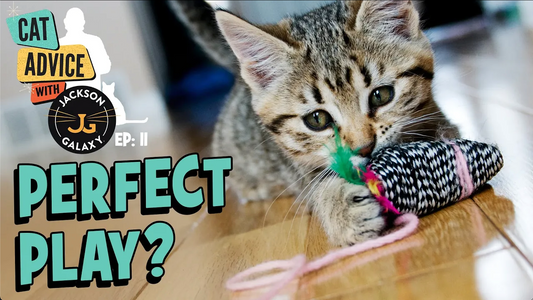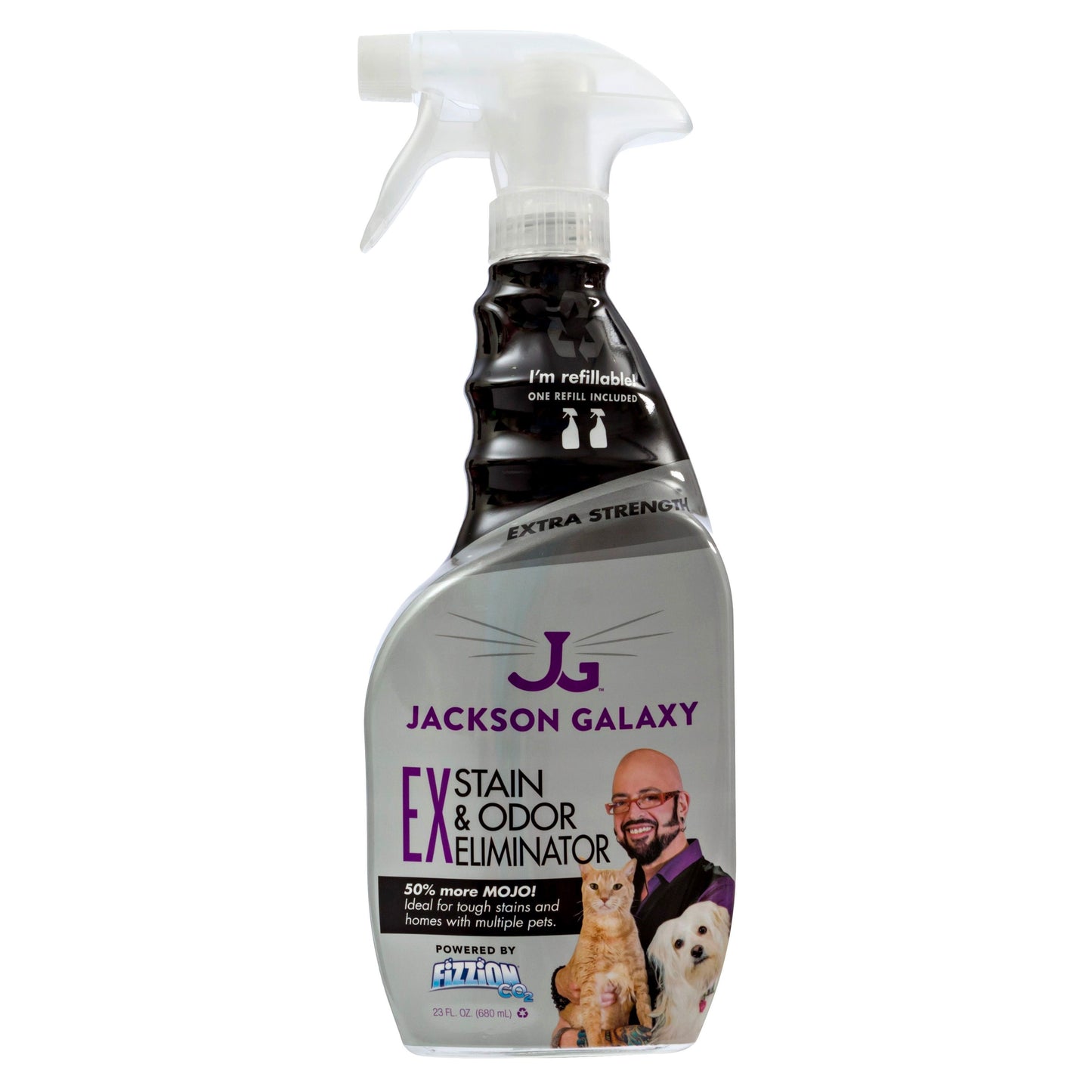Litter box avoidance remains one of the most prevalent dilemmas cat guardians have to navigate. Let’s take a look at a few of the more common reasons your cat may be electing to take things“outside the box.”
It’s a Medical Thing
The first thing you need to address is the prospect that there could be a physical issue that’s causing your cat to raise the yellow flag. Remember, your cat is not going to be able to express to you that their insides hurt when they pee, and they are now developing a negative association between their physical pain and the litter box.
Solution: Get your cat to the vet for a urinalysis. If it turns out to be a medical issue, you’ll want to nip it in the bud before your cat develops a long-term negative association with the box.
It’s a Multi-Species Household Thing
Many households have multiple cats, dogs, and/or children, any of whom could contribute to litter box issues.
- If one cat is bullying another, they will often do so in a place where the bully can corner the victim. When the litter box becomes such a place—often because of the location of the box and/or because it’s covered with a lid—your“victim” cat will avoid the box to avoid the bully.
- Dogs tend to be enamored with the “snackable” nature of cat poop and are generally not bashful about coming around when your cat is producing a new batch of“snacks!” But this can make for an unsettling litter box experience for your cat, which is often why they might suddenly start pooping and peeing in the middle of the floor(where they have a 360-degree vantage point) or in out-of-the-way areas of the home, where there are no dogs around.
- Young kids can also be fascinated with the litter box, as they tend to make their beach-time sand castles out of litter and “clumps.” Again, these activities do not exactly inspire ongoing litter box usage for your cat.
Solutions: 1) Make sure your litter boxes are uncovered, and in locations that offer clear “escape routes” from any potential bully encounters; 2) Place a litter box in an area of the home that’s separated by a child gate. This will prevent access for both kids and dogs.
It’s a Location Thing
The box should be located where it works best for your cat, not you. Litter boxes define territory, and every box should serve its purpose as a signpost by being placed in various socially significant locations in the home.
Solution: Make sure you follow the “one box per cat + 1” rule—a box for every cat in the family, plus one extra—and make sure they are located in places where they are most likely going to be used.
As always, this is a very basic overview of a sometimes very complicated issue. To get the full skinny on all things litter boxes—as well as more cat tips and advice, and insight into cat behavior—check out my latest book, Total Cat Mojo.
















